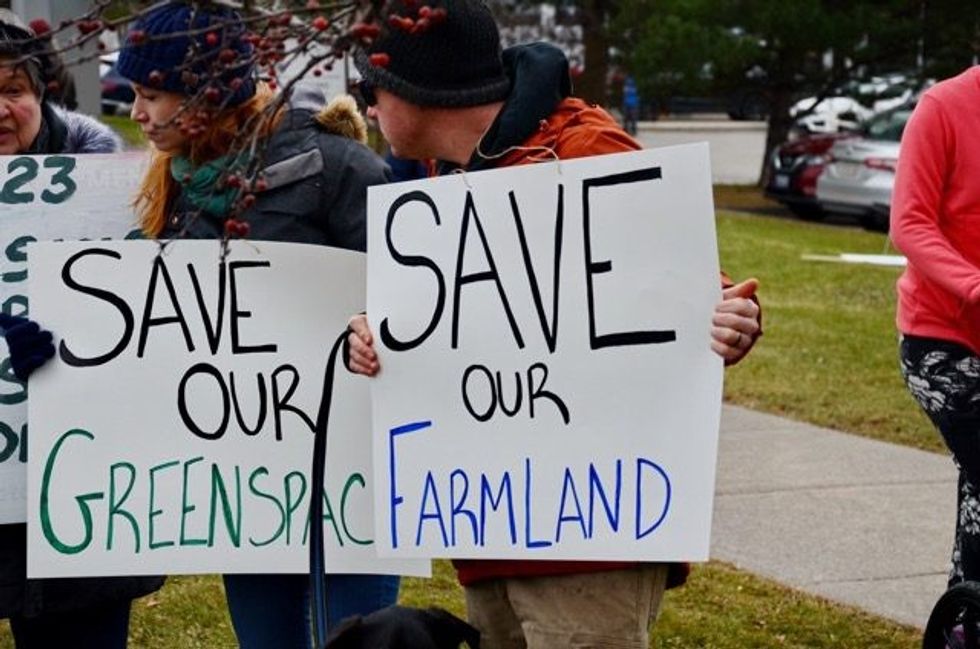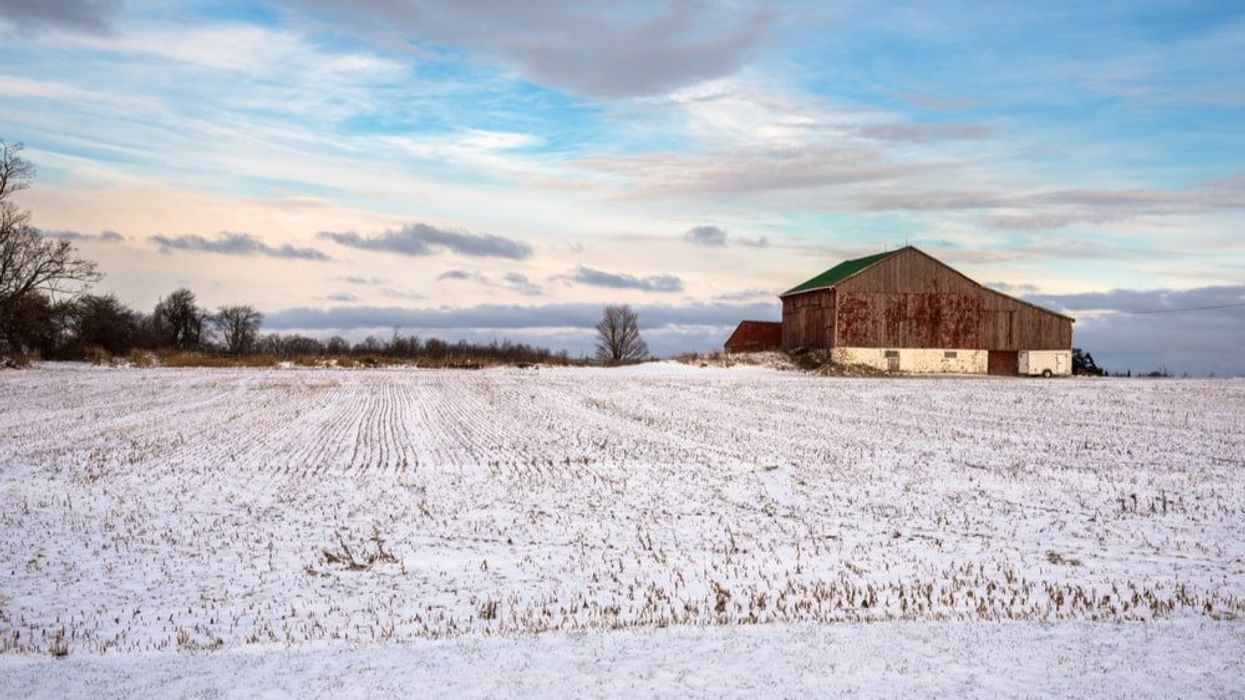Ontario has enough land available to not only meet, but exceed its housing targets without removing land from the Greenbelt, a new report has found.
Prepared for the Alliance for a Liveable Ontario by Kevin Eby, the former director of community planning for the Region of Waterloo, the report states that Ontario has the capacity to build 2.05M new homes in the Greater Golden Horseshoe (GGH) without expanding urban areas or removing land from the Greenbelt.
Eby was previously a member of Ontario's Greenbelt Council, but resigned in 2020, along with six other members, in protest of environmental reforms outlined in Bill 229. These included stripping power from local conservation authorities and expanding the use of Minister's Zoning Orders (MZOs).
The Government of Ontario aims to build 1.5M new homes by 2031, with 1.01M units, based on municipal housing targets, located in the GGH. The targets for the 25 GGH municipalities were established by the province.
In order to meet the 1.5M target, the government has opened approximately 7,400 acres of the Greenbelt for development. To make up for the loss, 9,400 acres of protected land will be added elsewhere.
Since the Greenbelt decision was made public in November, allegations have swirled that Premier Doug Ford and Housing Minister Steve Clark tipped off developers. The claims have led to investigations by Ontario’s Integrity Commissioner and Auditor General, and prodding from the Ontario Provincial Police.
READ: Ontario’s Goal of 1.5M New Homes is Clear. The Plan to Build Them Isn’t
As recently as February 23, the NDP filed a subsequent complaint with the Integrity Commissioner over the matter. Provincial party leader Marit Stiles's complaint stems from the attendance of developers and lobbyists at Ford family events, including his daughter's wedding.
At least one attendee has benefitted from policy changes relating to the removal of Greenbelt land, and several more have received "favourable" MZOs, Stiles said.

Eby's report found that prior to the decision to open the Greenbelt, there was already enough "designated greenfield area" -- farmland earmarked for development -- to build approximately 700K new units in the GGH.
The majority of this land was designated for urban development a minimum of 10 years ago, the report states, and many of the planned subdivisions are already in various stages of the approval process.
There was also enough intensification capacity in "built-up areas" -- land within existing cities and communities -- to accommodate roughly 1,360,000 housing units.
"No additional overall housing capacity was requited in the GGH to meet its share of the 1.5M housing target," the report concluded, adding that 1.5M "appears to be an arbitrarily chosen overall target."
"The housing crisis currently facing Ontario relates to both supply and affordability. New housing having access to transit within the built-up areas has the potential to help resolve both these issues, particularly when considered in the context of the associated cost of transportation. There is no indication this can similarly be achieved through construction of more low-density dwellings in car dependent greenfield areas."





















